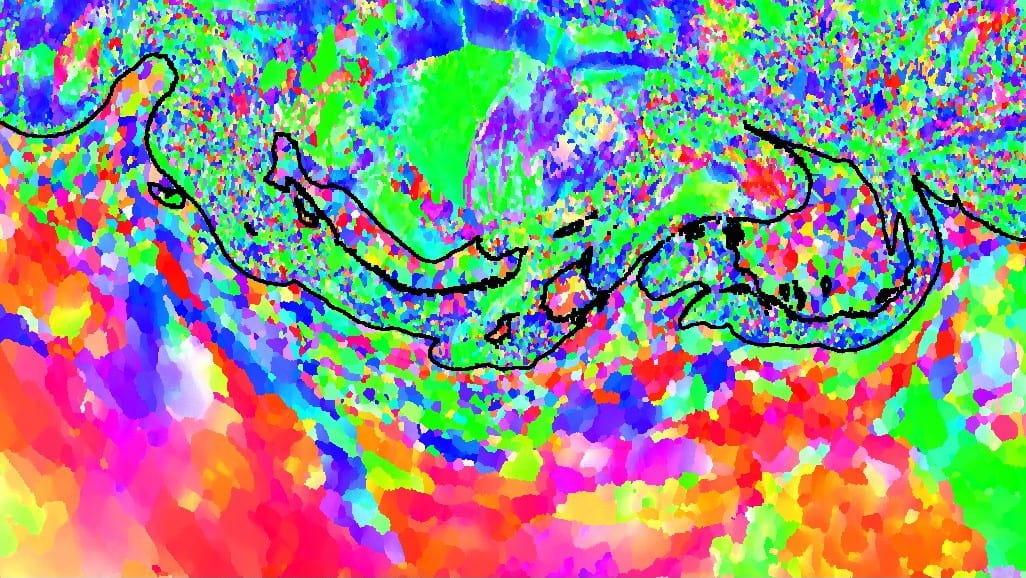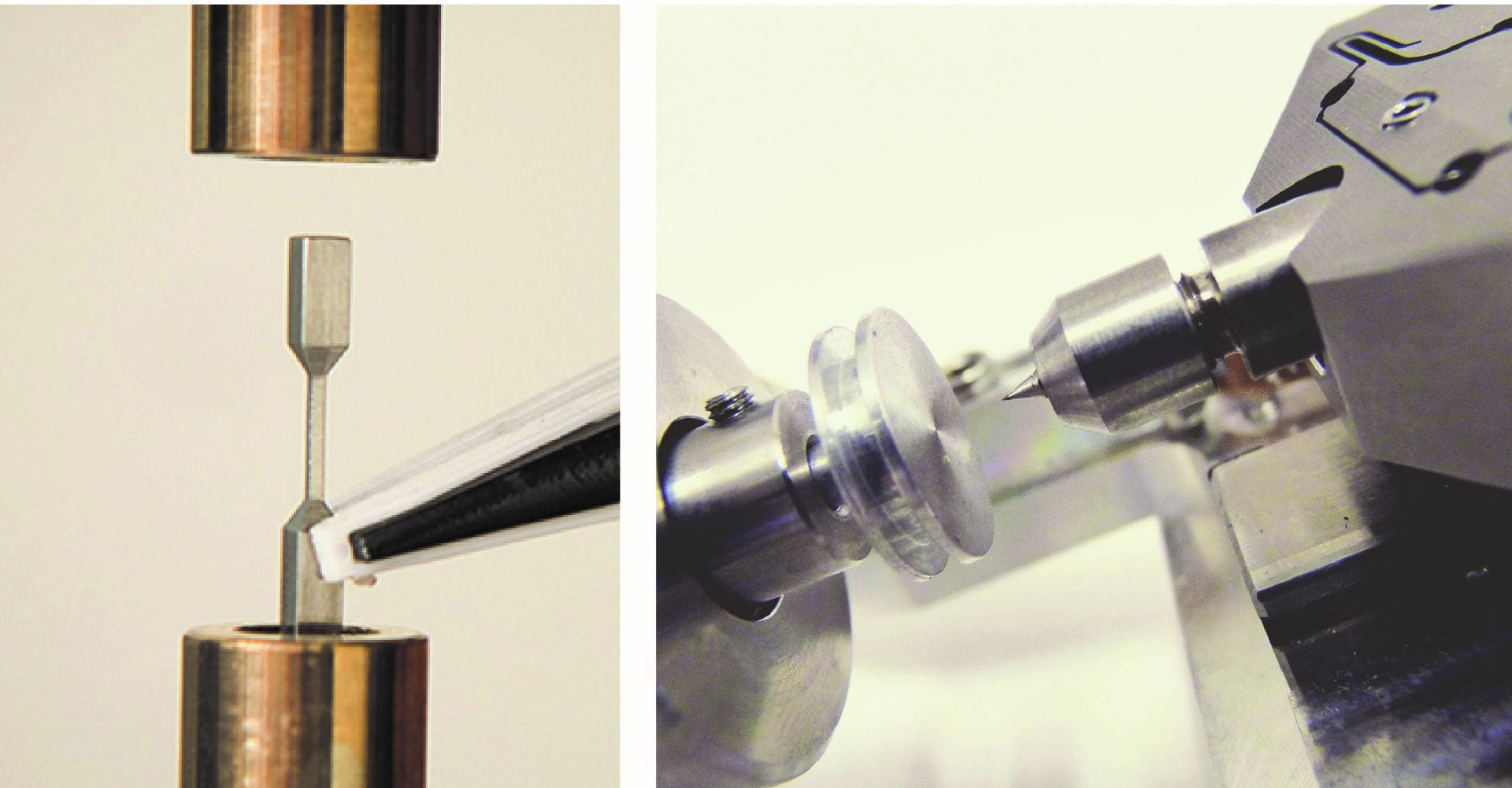
Mechanical Behavior and Materials
We develop fundamental understanding of the processes of deformation and mechanical failure of structural materials and study the connections between these processes and their underlying physical mechanisms. We study plastic deformation, fracture, fatigue, and creep of materials, including crystalline and amorphous metals and alloys, ceramics, and composites, from the continuum description of properties to the mesoscale and atomic mechanisms that confer those properties. We are particularly interested in small scale mechanics and employ advanced in-situ loading techniques (uniaxial, biaxial, and indentation) in combination with electron microscopy
and synchrotron X-rays to unravel the underlying deformation mechanisms experimentally. Another area of particular interest in our group is studies of mechanics of materials under extreme conditions such as high strain rates, high temperatures and radiations. We also conduct experimentally-informed continuum and/or crystal plasticity finite element models to develop constitutive models for deformation and failure of materials.
Material Processing and Design
We develop processing windows for a variety of material processes and advance the in-depth understanding of the relationship between the processing, the structure and the properties of structural materials. We elucidate the mechanisms involved in the synthesis and processing of materials and characterize the structure and chemistry of materials specifically as it relates to the understanding of the mechanical properties. The material processes of interest include but not limited to powder metallurgy processes, severe plastic deformation processes, joining processes, surface engineering, and coating technologies. Of particular interest is solid phase
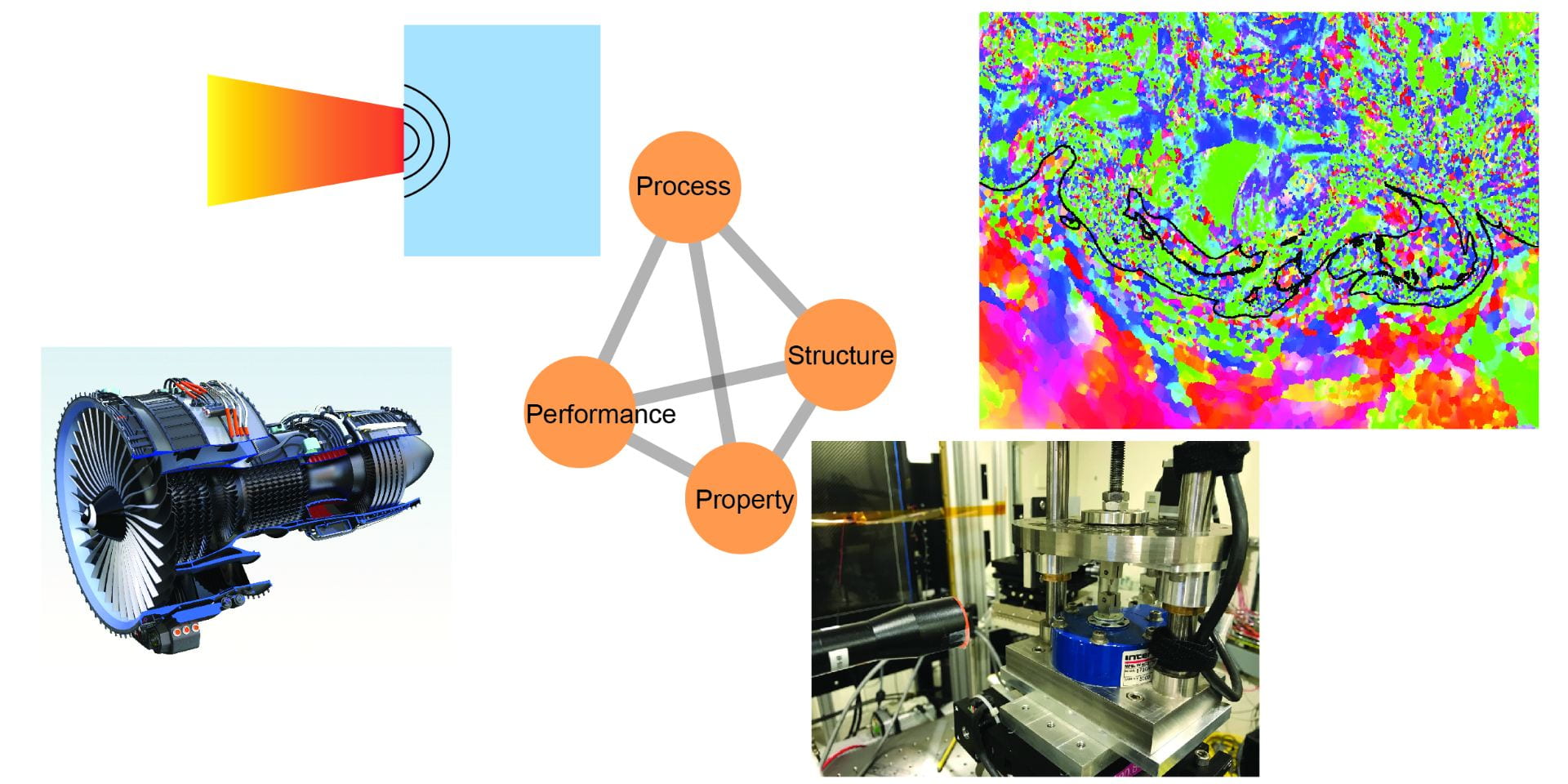
processing where we exploit the potential of non-equilibrium synthesis pathways (shear-driven atomic movement combined with rapid internal heating/cooling) to produce of metastable phases and design novel materials with extraordinary performance.
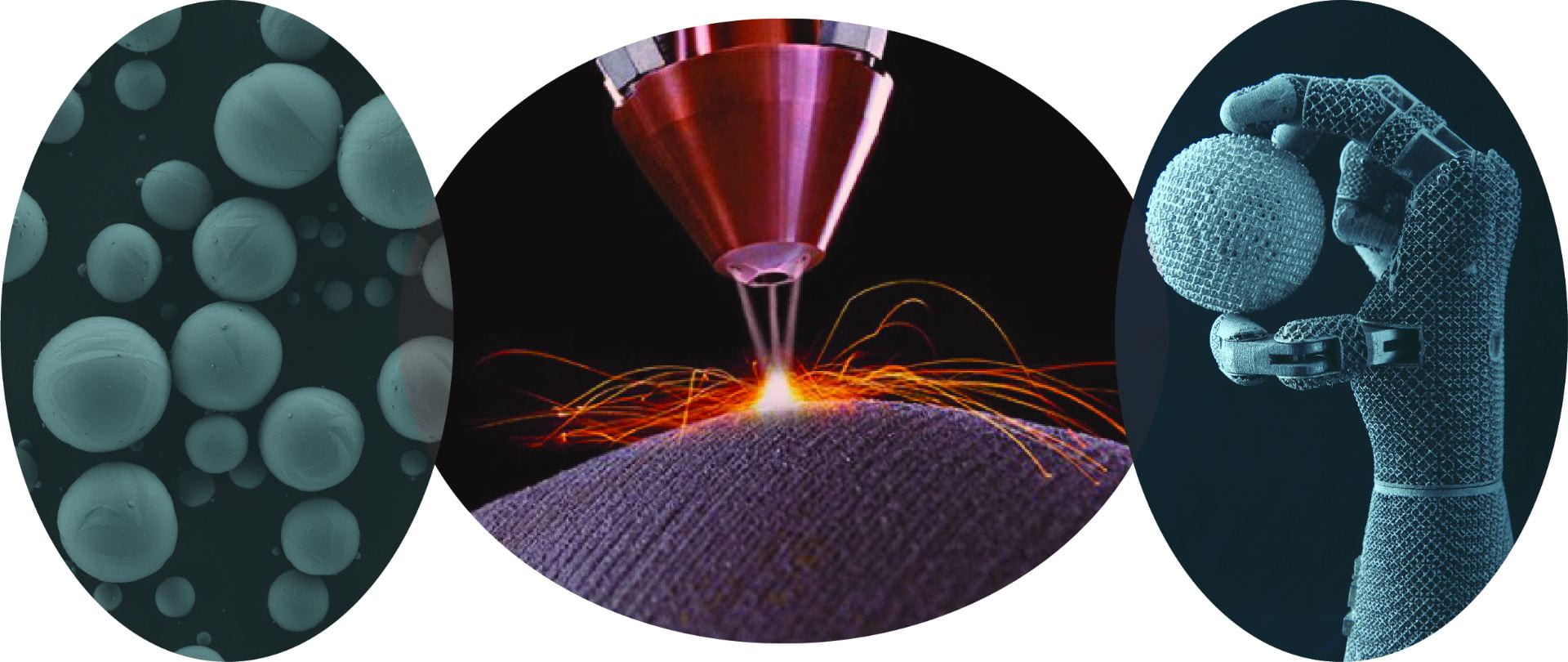
Additive Manufacturing
The disruptive potential of additive manufacturing (AM) relies on its ability to make customized products with considerable weight savings through geometries that are impossible/difficult to manufacture by conventional methods. AM also enables an unprecedented access to modify and/or tailor microstructures and properties during material buildup which we exploit in order to design new materials. The AM processes of particular interest include but not limited to directed energy deposition and cold spray. While the directed energy deposition provides us with a vast space for materials design and
performance optimization, cold spray eliminates the need for high-temperature fusion in additive manufacturing. In cold spray we exploit kinetic energy rather than thermal energy to achieve bonding. As such we can minimize compositional/structural inhomogeneity, distortion, tensile residual stresses and cracking—all emerging at high temperatures or during rapid solidification.
Tribology
Tribological interactions have a profound impact on many areas of engineering and everyday life. Reducing friction and wear has been a long-sought objective in mechanical and materials engineering which can improve long-term efficiency and performance of moving components and reduce maintenance costs. We develop new knowledge to describe complex multiscale and multiphysical phenomena within the context of tribology, both with experiments and modeling. The research in our lab ranges from development of fundamental
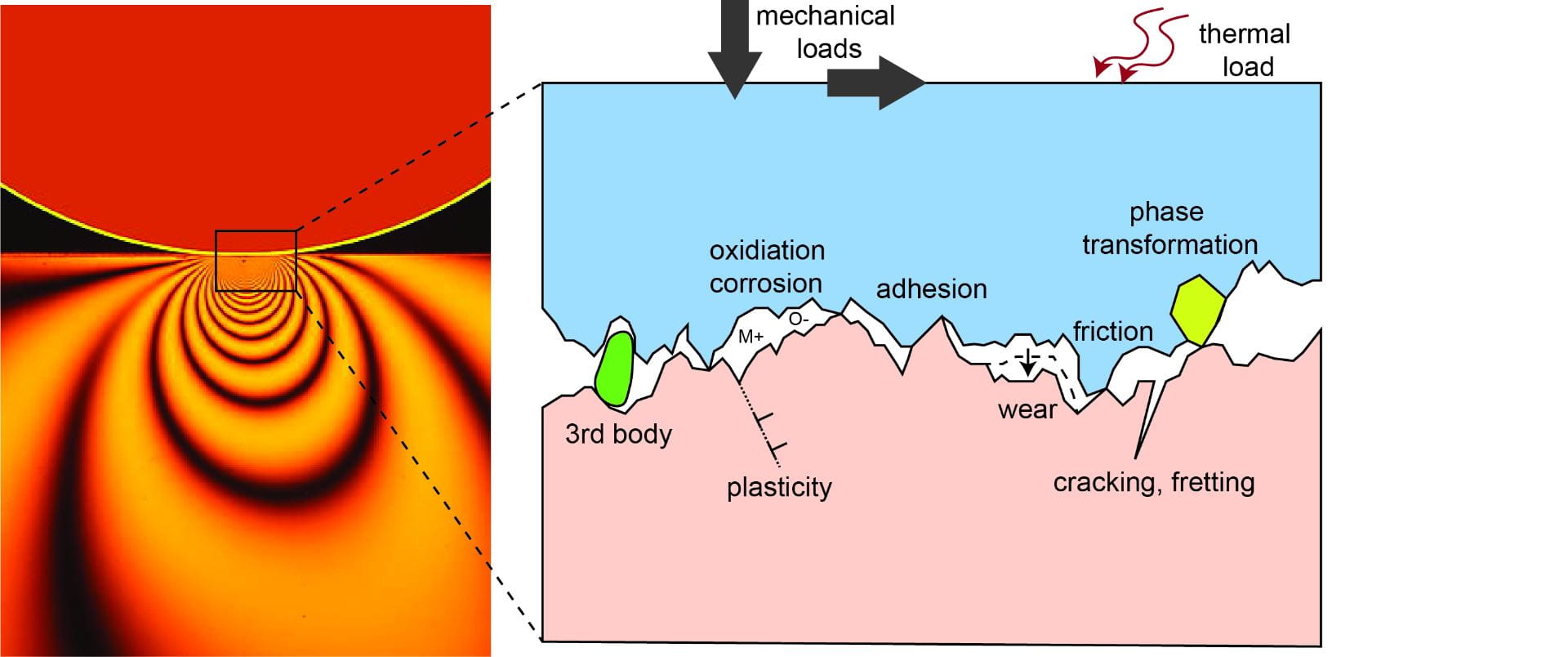
understanding of the mechanisms of wear and friction at different scales (nano/meso/micro) to designing new alloys, composites, and surface coatings to improve the performance of moving interfaces.
